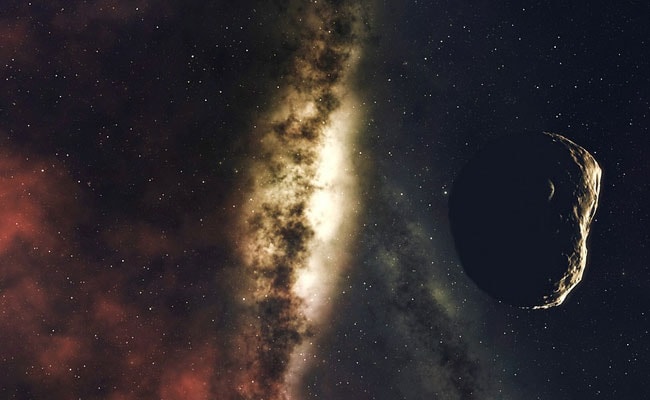
Two large recently discovered asteroids will pass by Earth tomorrow, scientists at NASA's Centre for Near-Earth Object Studies (CNEOS) have said. The National Aeronautics and Space Administration (NASA) has been tracing their orbital path around the sun. The two asteroids have now been classified by NASA as near-Earth objects (NEOs).
A near-Earth object is an asteroid or comet whose orbit brings it into or through a zone between approximately 146 million and 194 million kilometres from the Sun, meaning that it can pass within about 48 million km of Earth's orbit, NASA's Planetary Defence Coordination Office says on its website.
On Wednesday, the asteroid known as 2019 QS will be the first to pass by Earth. It was first seen on August 21, and is on its way to its first close approach to Earth.

The highest risk of impact for a known asteroid is a 1 in 714 chance of impact by an asteroid designated 2009 FD in 2185
The CNEOS says the asteroid could be 108 feet wide and could be up to 240 feet in diameter, and hurtle closest to Earth at around 80,000 km per hour.
The second asteroid, a much bigger one, called 2019 OU1 will pass by Earth some hours after the first one leaves. This one is believed to be 560 feet in diameter, or over twice the size of the other one.
NASA says the vast majority of near-Earth asteroids have come from inner part of the main belt where, over tens of millions of years, their orbits were altered by the gravitational influence of Jupiter and Mars, and some by mutual collisions.
According to NASA, no known asteroid poses a significant risk of impact with Earth over the next 100 years. The highest risk of impact for a known asteroid is a 1 in 714 chance of impact by an asteroid designated 2009 FD in 2185, meaning that the possibility that it could impact then is less than 0.2 per cent.
The Sentry Impact Risk Table, which is maintained by the Jet Propulsion Laboratory's Centre for NEO studies, is updated continuously as new asteroids are discovered and known asteroids are further observed.
One asteroid that NASA is studying up close, called Bennu, has a 1/2700 chance of impacting Earth between 2175 and 2195.

